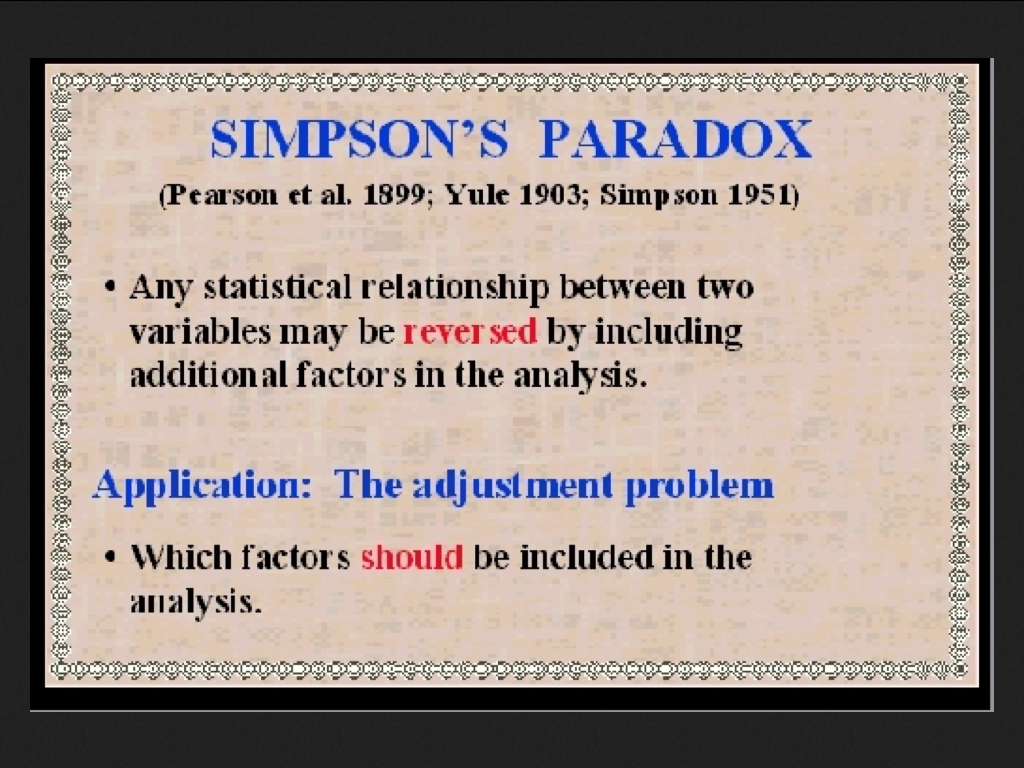Often, as we try to seemingly crack the code, data can be frustrating and overwhelming. One thing to remember, is that it can be spun to represent a situation in either a positive or negative view. It all depends on how the data is perceived. As Dr. Bracey reminds us in chapter one, "Statistics, the language of data, are human constructions and must be interpreted by other humans for the numbers that have meaning." (Bracey, 2)
Data vs. Capta
Data: Latin for
givens...there are no givens.
Capta: Dr. Bracey made up the term capta, which is derived from the proper Latin equivalent of data, captiva, which means
taken.
To distinguish the difference between the two may seem like a small step, but it really speaks to the perception we have when data is referred to. When we say, given we assume that the information was
given for a single purpose. In reality,
information is
taken from data and used/manipulated as proof of a theory. Before we are fooled by the use of statistics as pure fact, it is important to question the motive behind the theory being proven. Then question the validity of the statistics by referring to the 32 principals of Dr. Bracey.
Rate vs. Number
While using statistics, a speaker/writer, can refer to a rate vs. a number to mislead their audiences. One example is as follows:
"In his column of June 23, 2005, Washington Post pundit George Will wrote, 'Yet George W. Bush has increased the Department [of Education's] budget by 40 percent- more than the defense budget.'" (Bracey, 3)
This use of rate misleads audiences to believe that former President Bush's budget demonstrates higher increase to the Department of Education than to the Department of Defense. Blind assumptions are dangerous.
Let's look at the numbers:
The Department of Defense made $402,635,000,000 in 2005.
The Department of Education made $71, 477, 945,000 in 2005
If we have a small increase to an already large number, the large number is still made larger.
This is just one, out of many examples, where the language used when statistics are thrown around can be misleading.
